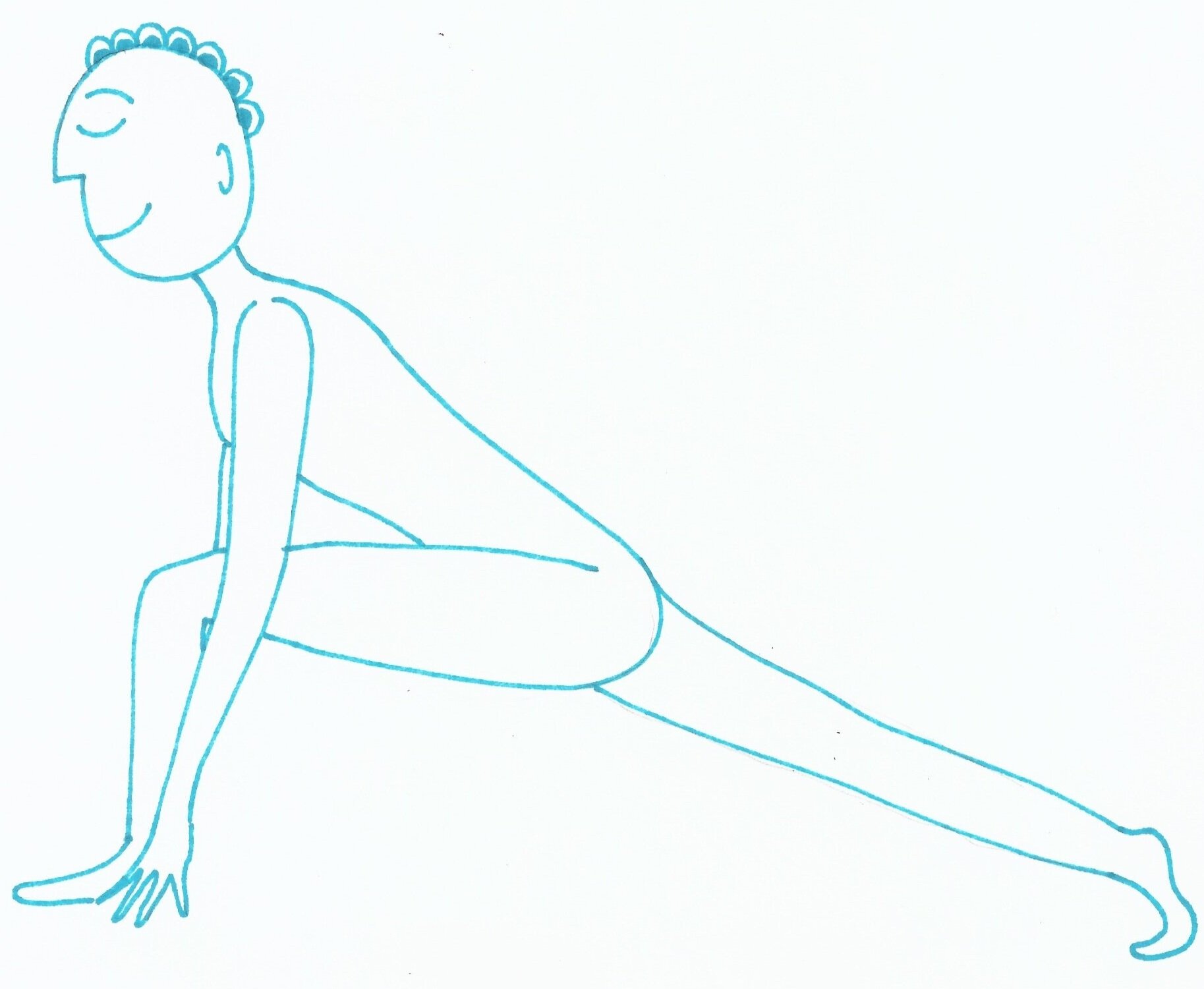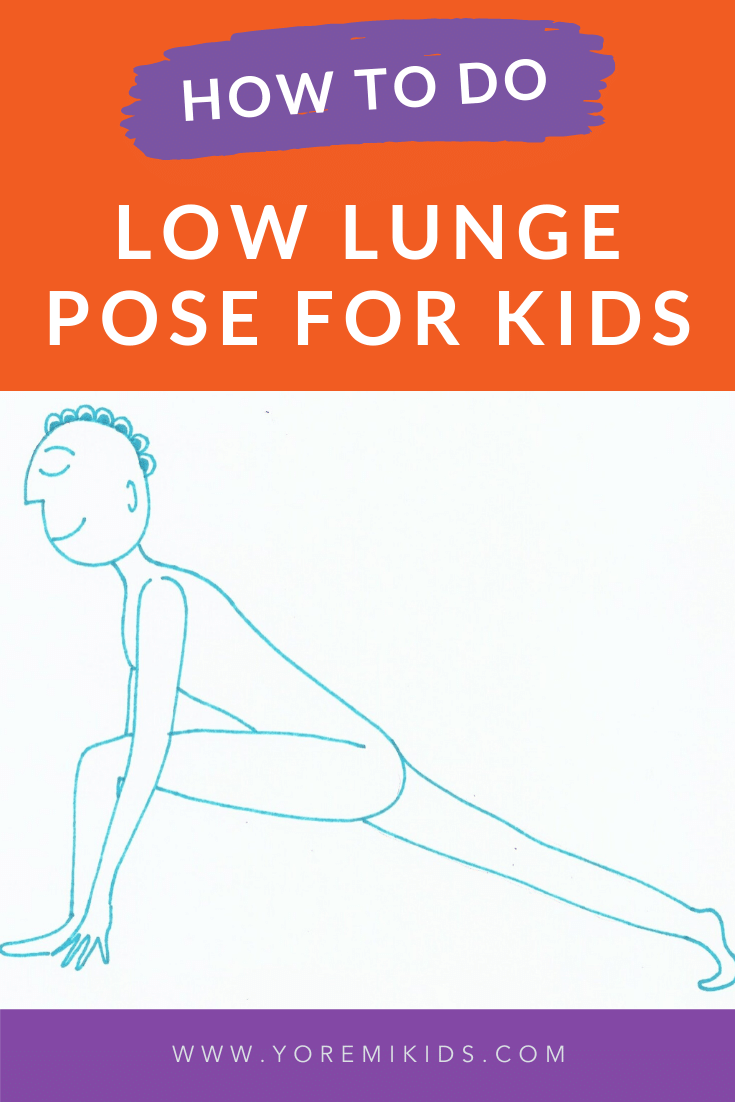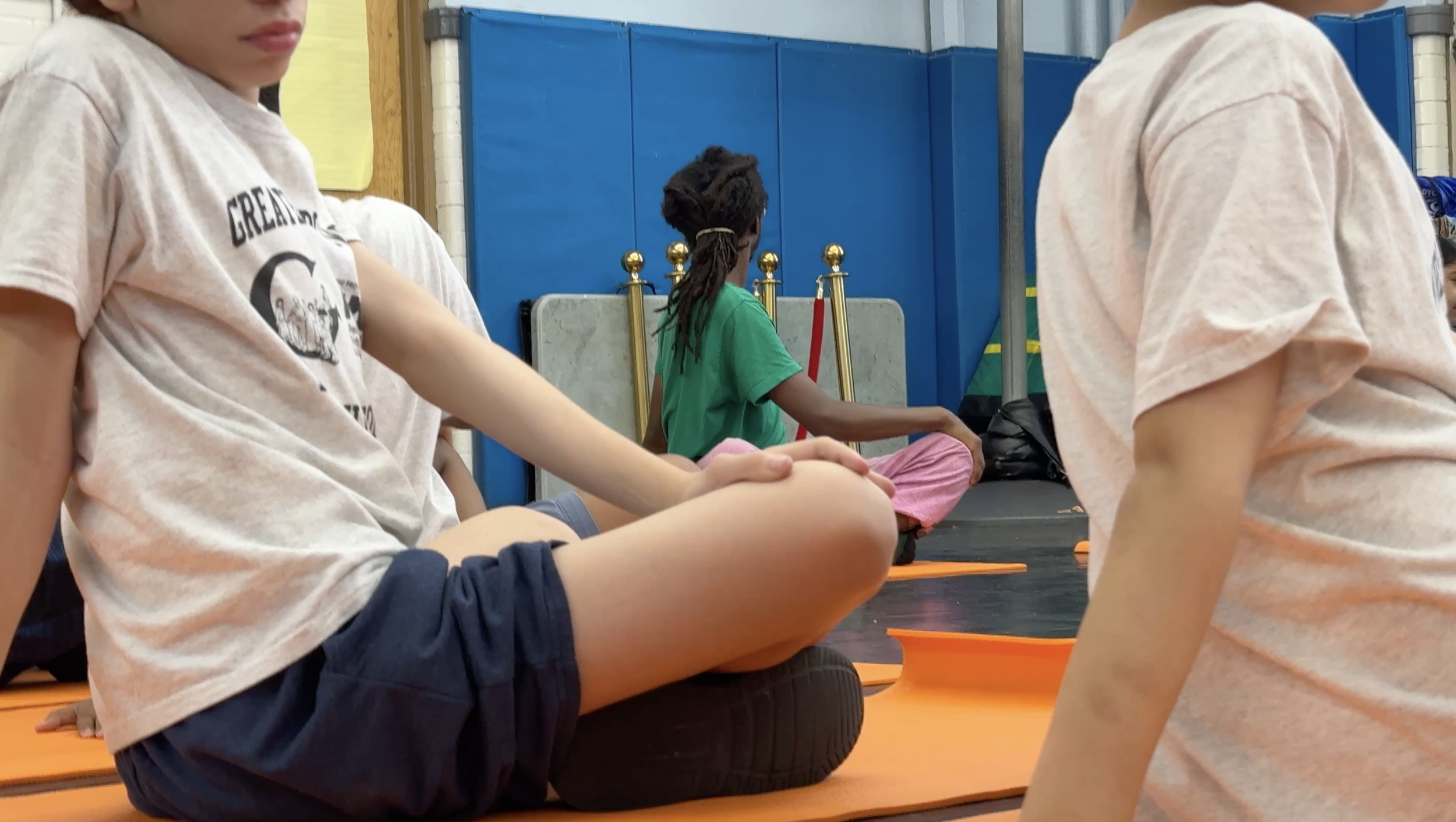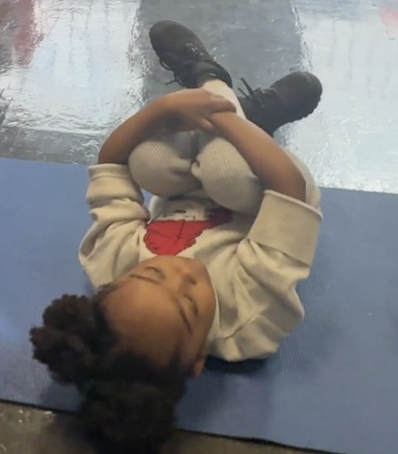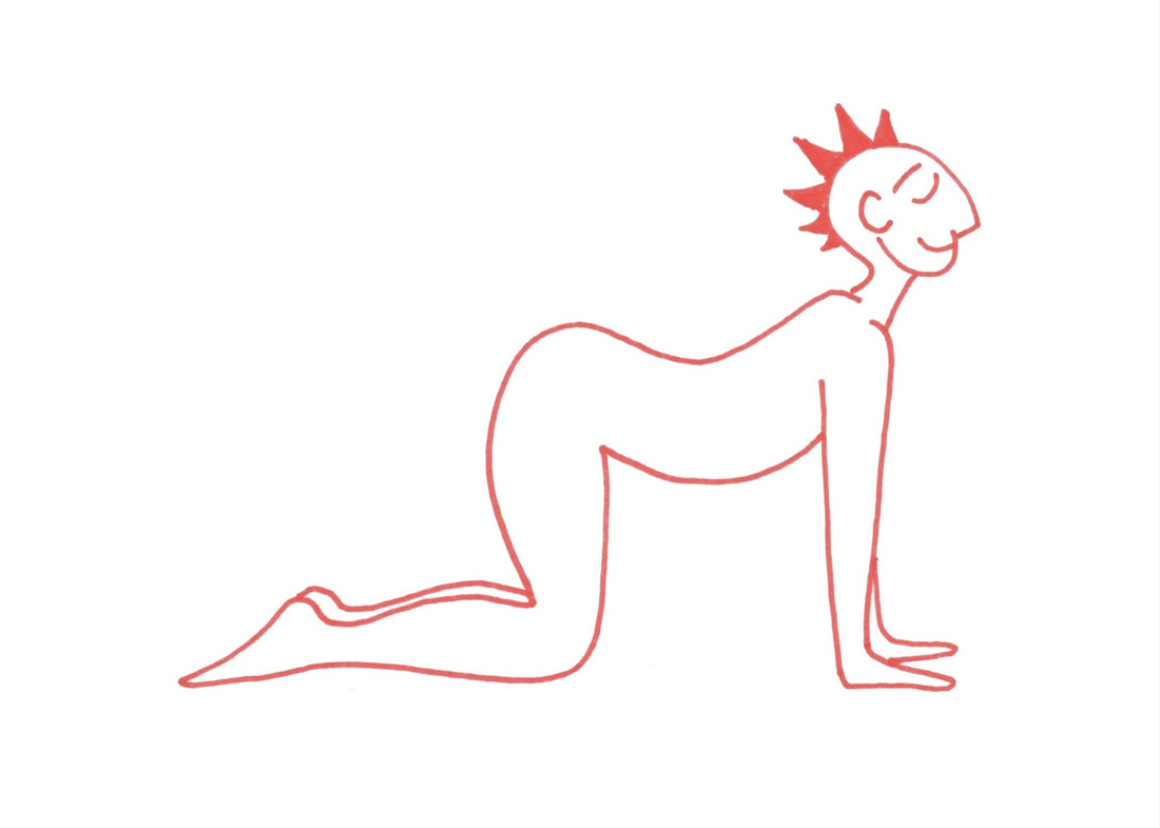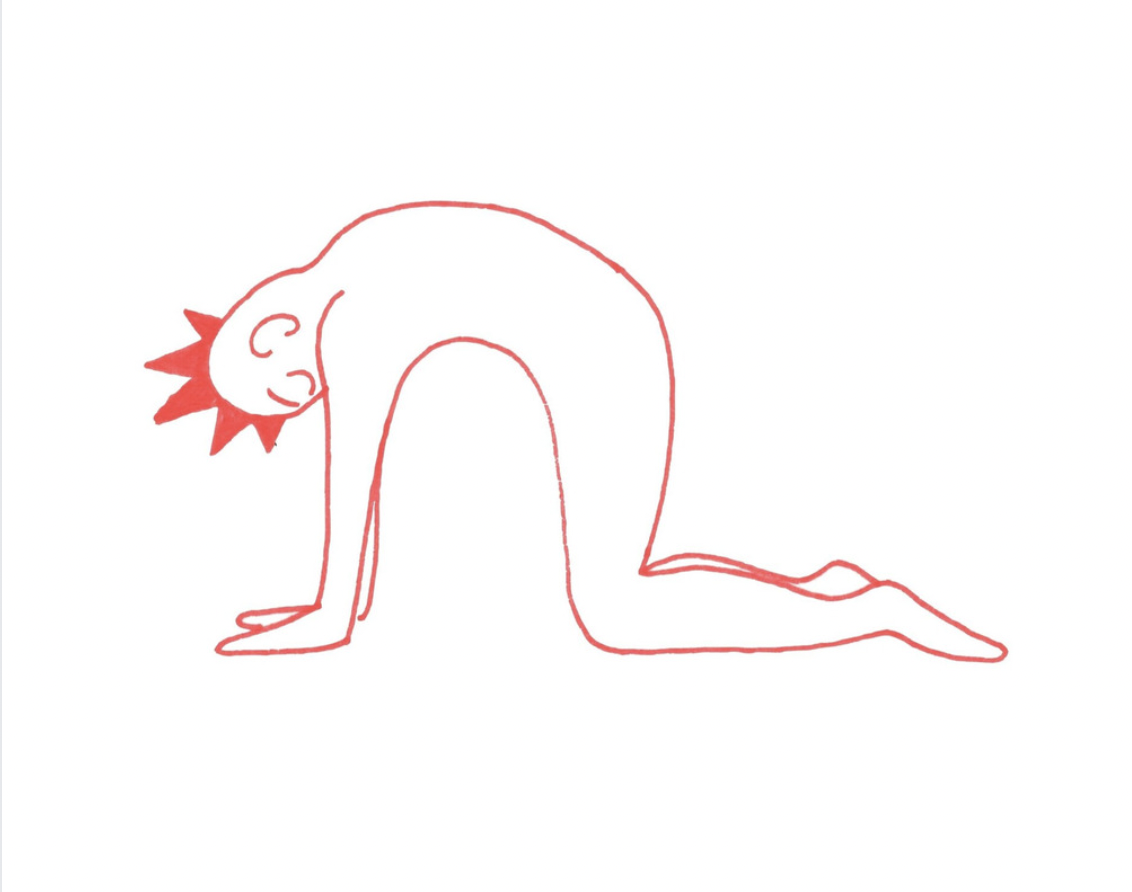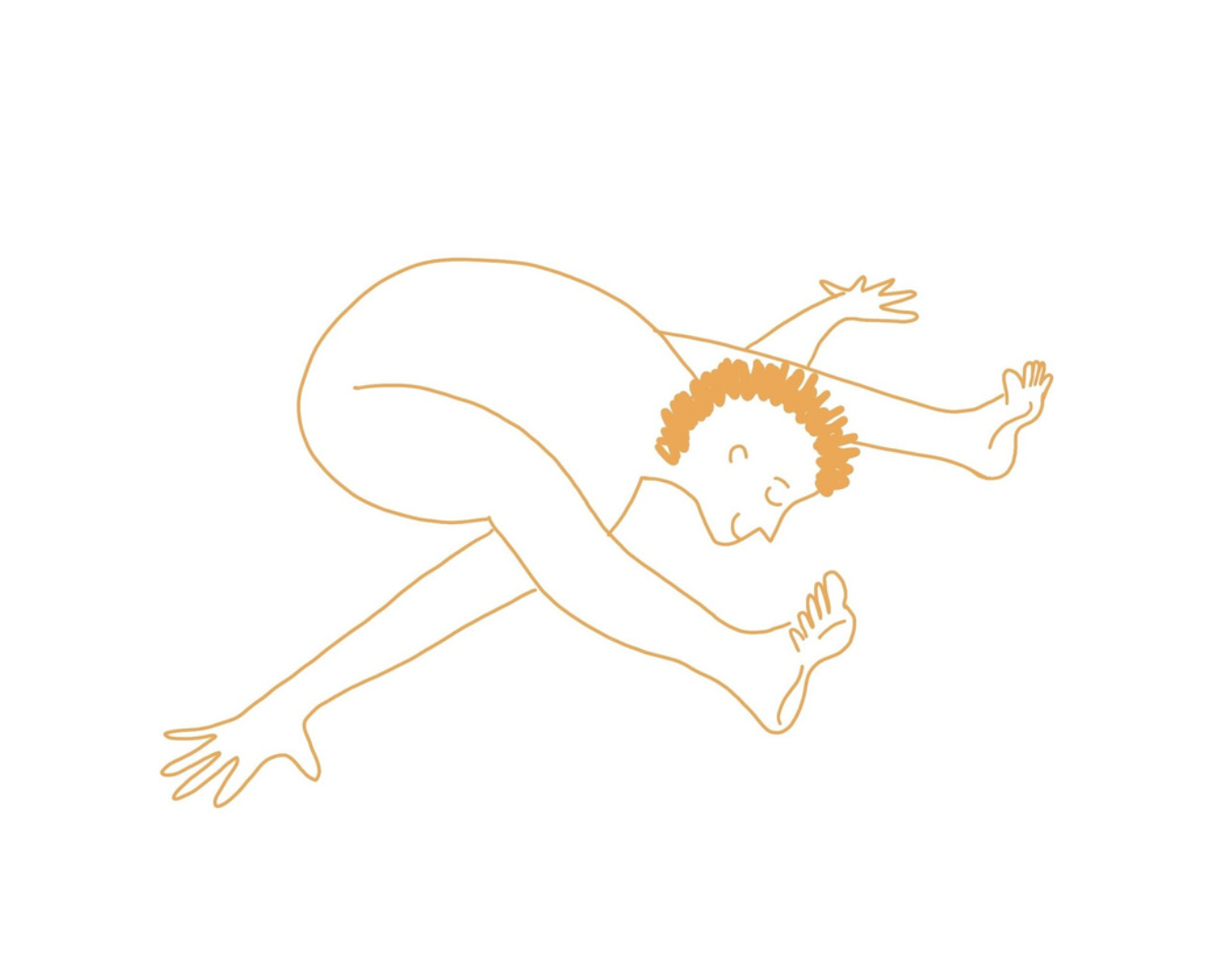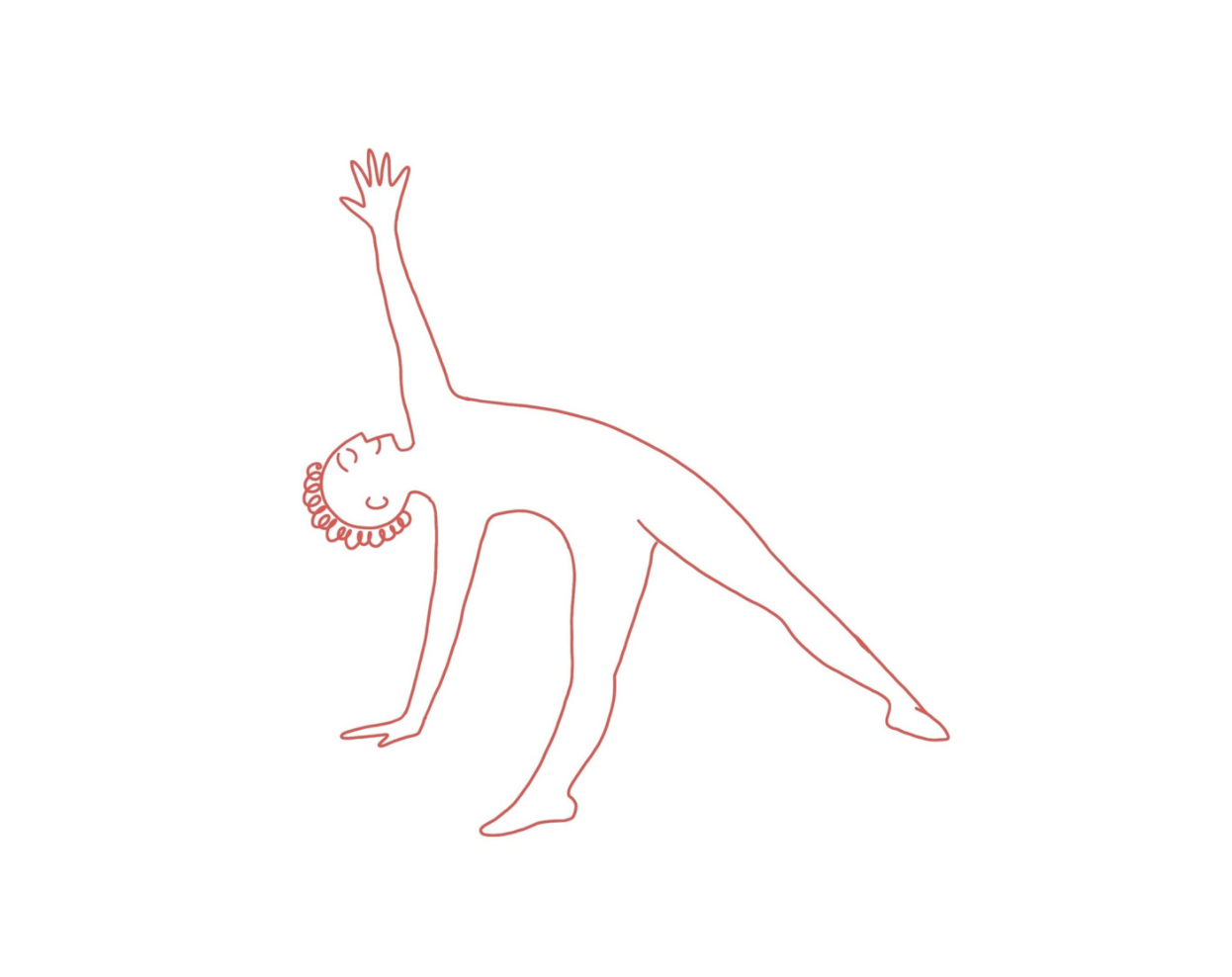Relieve Lower Body Tightness with Low Lunge Yoga Pose
Need to stretch your legs but stuck inside?
Been sitting at your desk all day?
Feeling tightness in your hips, low back and hamstrings?
Loosen Up with Low Lunge!
Low Lunge pose is one of the most commonly practiced yoga poses and perfectly suited to yogis of all ages and abilities. It is a great pose to stretch tight quadriceps, hamstrings, groin and hips, while encouraging full range of motion in the lower body.
We notice when children move into elementary education, something happens to their bodies…and it’s not good. In preschool, kids are typically focused on play and group social skills. They spend most of their time naturally squatting, with enviable flexibility, to pick up objects and study things on the ground.
Unfortunately, as children advance into upper grades, often too much of their time is spent sitting at desks, which shortens the hamstrings, tightens the hips, and destroys their innate posture and balance. Lunge pose helps us reverse the effects of sitting and unravel these habits in a gentle, safe and accessible way. Let’s Lunge!
The Benefits of Lunge Pose for Kids
Lunge yoga pose not only loosens up the lower body, it also elongates the spine and, depending on what variation you are practicing, may open the chest and shoulders. Low Lunge is a perfect way to warm up the body and prepare for more challenging poses or other workouts.
Because it helps relieve tight muscles in the hips and legs, it is also a great way to cool down and stretch the body after exercise, especially running and biking. In children’s yoga, we love turning poses into animals and nature. Low Lunge could really be any four-legged animal but works especially well for pretending to be a wolf. Let’s run and howl with Dan! AAOOOWWWWWW!
Elevate Your Curriculum
Did you know Yo Re Mi offers an array of children's musical yoga and mindfulness resources for your school? You can:
- Request a professional development workshop
- Join a 30-hour certified kids yoga teacher training
- Download our app for exclusive videos and sequences -- with no ads!
- Inquire about brining the Yo Re Mi program to your school
How To: Low Lunge Pose
From Forward fold, lift the body half way, extending the spine and sending chest forward
Place hands on the floor outside the feet, with fingertips in line with the toes
Step one foot back into lunge, with the feet hip-width distance apart
Step back far enough so the front knee is over the ankle and the front heel is on the floor
Extend through the back heel and lift the back of the thigh upward
Draw navel and chest forward, engaging core and lengthening the spine
Keep hips level to the floor and square to the front of the mat
Draw shoulder blades down and keep head and neck in line with the spine
Stay for 5-10 breaths and then switch to the other side
Tips for Mastering Low Lunge Yoga Pose
Make sure all 10 toes of both feet face forward, feet stay hip distance apart and your front knee is directly over the ankle to ensure you are targeting the proper muscle groups and protecting the knee and ankle joints.
If you are new to yoga, your hands might not easily reach the floor. Come onto fingertips or use a prop like a yoga block to bring the floor to you!
Relax your shoulders away from your ears and relieve tension along the neck, shoulders and upper back. The support of your abdominals should give you enough space to do this.
Relax your jaw, face, and neck and keep head in line with the spine. It’s tempting to look up in this pose but instead look toward the floor a few feet in front of you to keep the back of the neck long.
Kid-friendly Low Lunge Pose Variations
Once you have mastered the basic low lunge, there are lots of fun variation to try. You can lift the upper body, bringing hands to the front thigh or even overhead into Crescent Lunge.
This variation opens the chest and shoulders and helps with proper posture. Or build core strength and digestive fire by rotating the torso toward the front leg, palms together or reaching one hand up and the other down for a lovely twist in Revolved Lunge.
In Low Lunge and all its variations, the back knee can be down to provide more stability or lifted to challenge the balance and build core strength. Try it both ways and see what feels best for you!
If your back knee feels uncomfortable on the floor, place a yoga blanket or roll your mat to create some extra padding. Yoga poses might feel difficult but should never be painful - always use props to adjust the pose to your body and ability that day. Support your body and allow it to gently shift over time.
Sing along with Rachel as we practice Low Lunge, Revolved Lunge and Crescent Lunge variations in this fun gardening sequence!
Low Lunge provides the foundation for many other yoga poses and is a great way to prepare the body at the beginning of your practice. From Low Lunge, it is easy to flow into Downward Dog, Plank, and Warrior Poses. In fact, that is why it is part of the classical yoga sun salutation, or what we call our Sundance!
Catch the rhythm, the rhyme and the beat as we practice your Low Lunge in this Hip Hop Sundance with Dan! Jump switch your feet everybody…phew!
Now that is quite a work-out! After practicing all of these Low Lunge poses and variations, bring your knees to the floor, resting belly on thighs and sitting hips to heels in child’s pose. Take deep, slow breaths and send some love and good vibes you your whole lower body. Stay for 5-10 breaths and then either head into your day or take a longer rest in Relaxation Pose.
SAVE THIS POST
Help other educators and caregivers learn more about Lunge Pose benefits.
Benefits of lunge pose / lunge yoga pose for children

